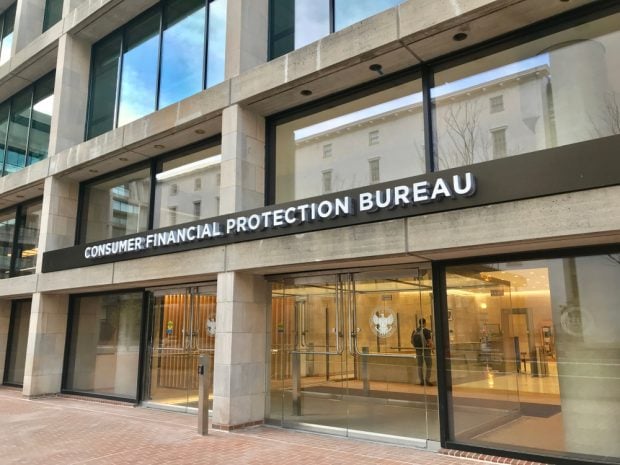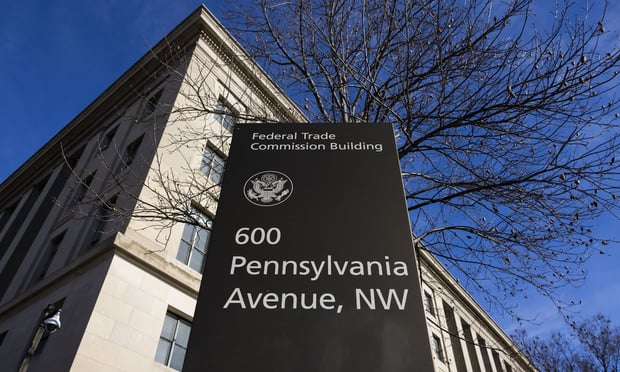What do we do now that Bank Transfer Day has come and gone? How do we show what makes credit unions relevant to consumers today? Industry folks can clearly define the difference between a bank and a credit union. But if you ask the average consumer, what might their response be?
I visited my local Occupy movement in Olympia, Wash. I asked them what the difference is between banks and credit unions and how credit unions could continue to show the difference in our communities after Bank Transfer Day.
As we sat down to begin the interview, there was a leaflet on the table explaining the difference between credit unions and banks. Smiling inside, I asked Treacy, the local Occupy food coordinator, about his expectations of credit unions after Bank Transfer Day. He shared that he had been a member of a credit union for years and is well-educated about the difference.
“Tell the public about the benefits of belonging to a member-owned cooperative. Continue to give back to your community,” he said.
“I know my credit union gives back, and I expect them to market their giving. Tell me, the consumer, about what you're doing. I want to be your champion. Keep actively sponsoring programs that fill needs in the community.”
“We expect the credit unions to facilitate education programs for unbanked, less fortunate people in our community who really need it."
Three overwhelming themes: help educate people, keep caring about what happens to other people and keep bettering our communities. Consumers are demanding that we give back, that in all three of these areas we serve our communities. These consumer demands can be found in the very operating principles designed to guide credit unions.
The positive impact that a local cooperative has on each respective community should be measured by the level of engagement in local giving. Individuals have a responsibility to provide support to each other in their communities and credit unions embody that idea.
The idea of giving back is not a new concept, but what is new is the consumer demand to put your money where your mouth is. What does your credit union have to show? How do you give back to your community? Your members want to know.
Jessica Perschon-Rhodes is a team leader at Washington State Employees Credit Union, Olympia, Wash.
Contact 800-562-0999 x85105 or [email protected]
The Crash Network is a grassroots organization composed of several hundred young credit union professionals. Its activities include meetings, mentorships online collaboration and development projects. Opinions expressed are the personal views of the author.
Complete your profile to continue reading and get FREE access to CUTimes.com, part of your ALM digital membership.
Your access to unlimited CUTimes.com content isn’t changing.
Once you are an ALM digital member, you’ll receive:
- Breaking credit union news and analysis, on-site and via our newsletters and custom alerts
- Weekly Shared Accounts podcast featuring exclusive interviews with industry leaders
- Educational webcasts, white papers, and ebooks from industry thought leaders
- Critical coverage of the commercial real estate and financial advisory markets on our other ALM sites, GlobeSt.com and ThinkAdvisor.com
Already have an account? Sign In Now
© 2024 ALM Global, LLC, All Rights Reserved. Request academic re-use from www.copyright.com. All other uses, submit a request to [email protected]. For more information visit Asset & Logo Licensing.









